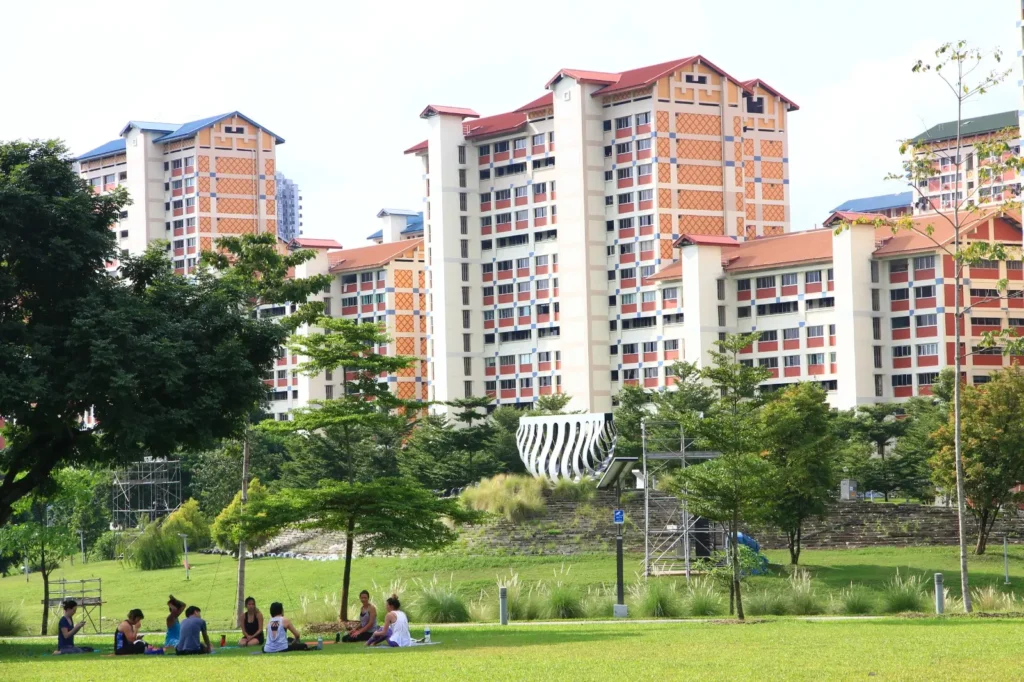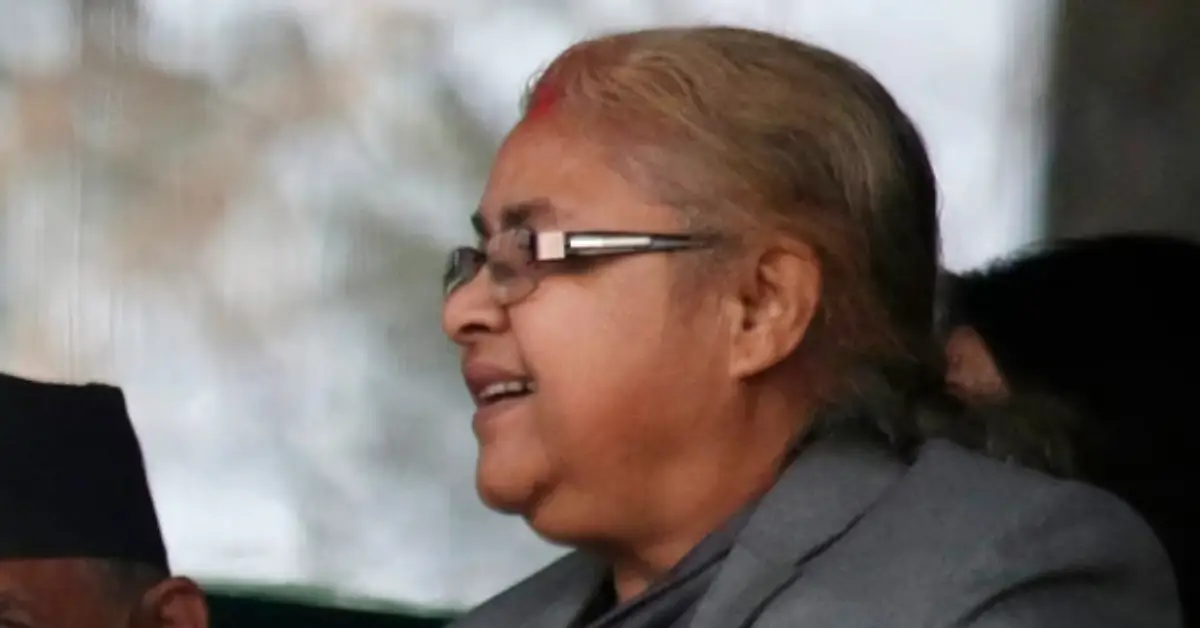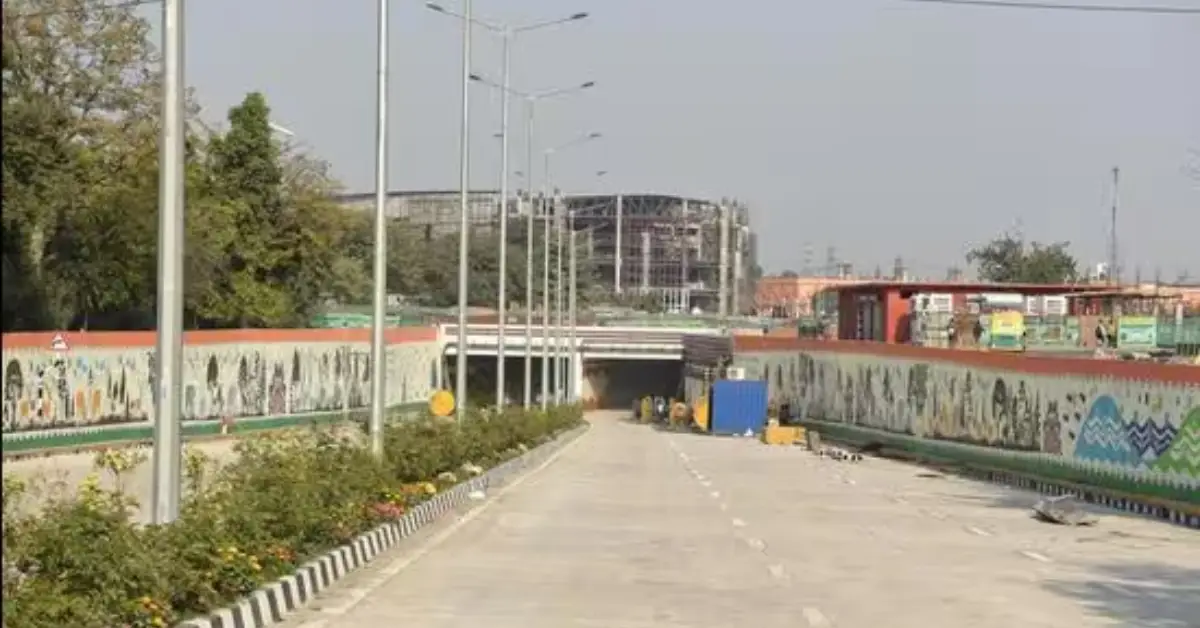
Roti, kapda aur makaan — the holy trinity of a dignified life. While India has delivered on the first two; the third remains our blind spot. How do we fill in this missing piece in the nation’s development puzzle?
Call it affordable housing or social housing or public housing, it isn’t that we haven’t tried. Given our scale, diversity, and urban sprawl, India’s public housing journey has been nothing short of formidable. Schemes like Pradhan Mantri Awas Yojana (PMAY) have delivered millions of homes, especially in Tier 2 and 3 cities, reflecting the intent to house every Indian. But while the numbers look impressive on paper, quality, liveability, and last-mile connectivity remain fragmented. The real challenge now is not just building homes—but building communities people actually want to live in.
Take the case of Narela. Thousands of DDA flats in Narela lie unsold or unoccupied. And it’s not because there’s no housing demand—Narela is physically part of Delhi but feels miles away. Poor last-mile connectivity, limited metro access, and inadequate public transport make it inconvenient for daily life. No hospitals nearby. No good schools. No buzzing markets. What you have instead is isolation—rows of flats in ghost-town silence. Also, there are design disappointments. Small, badly laid out units. No balconies in many flats. Dim stairwells. Poor ventilation. It’s public housing at its most unimaginative.
However, in the recent past, there has been a significant shift in quality and design of DDA flats eg their latest offerings in Dwarka. In recent years, its housing schemes have focused on better design, smarter planning, and liveability. Newer DDA projects feature modern façades, lifts, stilt parking, green spaces, and improved connectivity. Even one finds that there is better urban planning, with more attention to integrated townships and transit-oriented development (like proximity to metro stations). Once synonymous with dull, lime-washed matchbox flats and disjointed layouts, DDA has shown signs of reinvention.
And yet a lot of room for improvement. So, can India borrow some ideas from Singapore’s playbook?

Public Housing with Pride, Not Pity
In Singapore, Housing & Development Board (HDB) homes come with access to parks, schools, markets, and public transport. Far from being stigmatized, these homes are coveted. We need to eliminate the idea that affordable housing equals poor-quality housing. Public housing should give people dignity, not just shelter.
Over 80% of the population there lives in government-built housing—but this isn’t the third-world idea of “sarkari homes.” These are clean, dignified, and often aspirational dwellings where people line up to buy into the system. The city-state’s HDB has become a global case study for how to solve urban housing—one block at a time.
I was reading a report compiled by Urban Land Institute (ULI) Asia Pacific and they had conducted a home attainability survey – which means how much within reach of majority of population, affordable and accessible are homes in their market – “The Singapore HDB, which builds apartment for purchase by citizens at a fraction of open market rates, has been one of the city-state’s notable successes. Across all years of the Home Attainability Index, HDB apartments have been the most attainable route to home ownership in a major Asian city, with prices consistently under five times median income.”
HDB apartments are also significant because of their ubiquity; they house 80% of Singapore’s population. Private sector apartments are only 20% and houses are typically (but not exclusively) owned by wealthy Singaporeans and rented by expats.
But implementing a HDB model in any market is dependent on the State controlling a substantial proportion of undeveloped land and being willing to wear the costs of imposing controls on the sale and transaction of subsidised housing units in order to control house price appreciation and to discourage unproductive speculation. Does any Government in APAC apart from Singapore have the appetite to do this?
According to Mark Cooper, Senior Director, Thought Leadership, ULI Asia Pacific and lead author of the report- “A number of countries have begun programmes which closely resemble that of Singapore’s HDB. In Malaysia, the Residenci Wilayah scheme offers homes for purchase at well below market rates, while in Thailand the “Homes for Thais” scheme is exploiting state-owned land to provide discounted properties on a 99-year lease.”
Singapore’s HDB is a one-stop authority that plans, builds, and manages public housing with clockwork precision. In contrast, India’s housing ecosystem is a crowded arena—DDA, MHADA, PMAY, state housing boards, ULBs, and private developers, all pulling in different directions. The chaos isn’t just administrative—it’s also structural. Land is a state subject, and with a country as vast and diverse as India, uniformity is hard to come by. Ideally, what we need is one nodal agency with both funding and functional power—not just policy paper pushers.
India’s EWS-LIG housing is often tucked away behind luxury towers, literally walled off. Segregation creates resentment and exclusion. True integration builds community and respect. HDB ensures income and ethnic integration through quotas. No tower is entirely “for poor people” or “only for the elite.”
Singapore sells homes on 99-year leases. The land stays with the government. This keeps prices in check and allows for redevelopment. In India, freehold ownership often leads to land hoarding, speculation, and poor utilization.
In Singapore, town councils collect conservancy fees and handle everything from lift repairs to landscaping. Our biggest failure is maintenance. We hand over flats but don’t fund or monitor upkeep. In five years, the building is in disrepair. India needs post-possession accountability—RWA or municipal.
HDB estates are built only after schools, MRT (metro) lines, parks, and shopping centers are in place. India often builds the home first—and waits years for infrastructure. But you can’t build homes in isolation. After all people buy into ecosystems, not just square feet.
Singapore’s housing success wasn’t accidental—it was the result of vision, discipline, and design. It combined housing with nation-building, not just asset creation.
The urban housing crisis won’t be solved with piecemeal schemes or patchwork promises. It needs a mindset shift—where affordability doesn’t cost dignity, and dignity isn’t a luxury. From Kashmir to Kanyakumari, Gurugram to Guwahati, the goal isn’t just four walls and a roof—but a future. One that’s liveable, equitable, and built on policy that serves people, not just plans.







